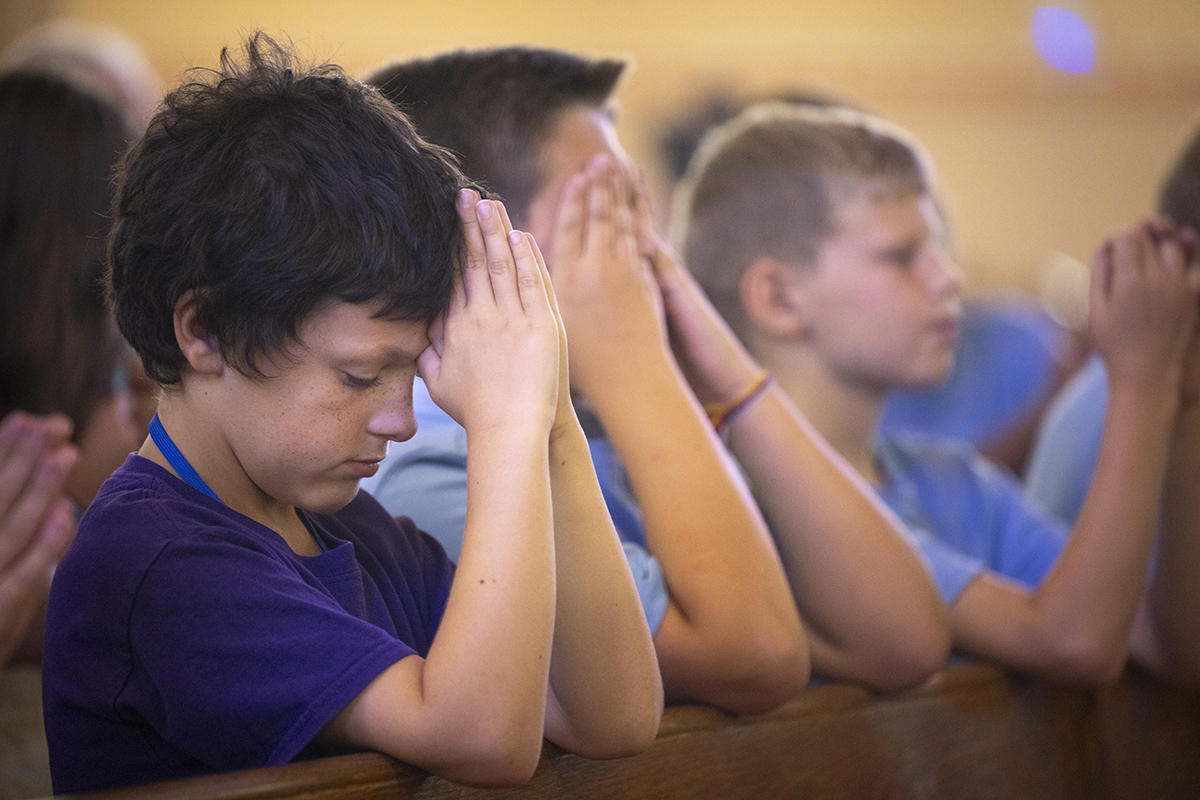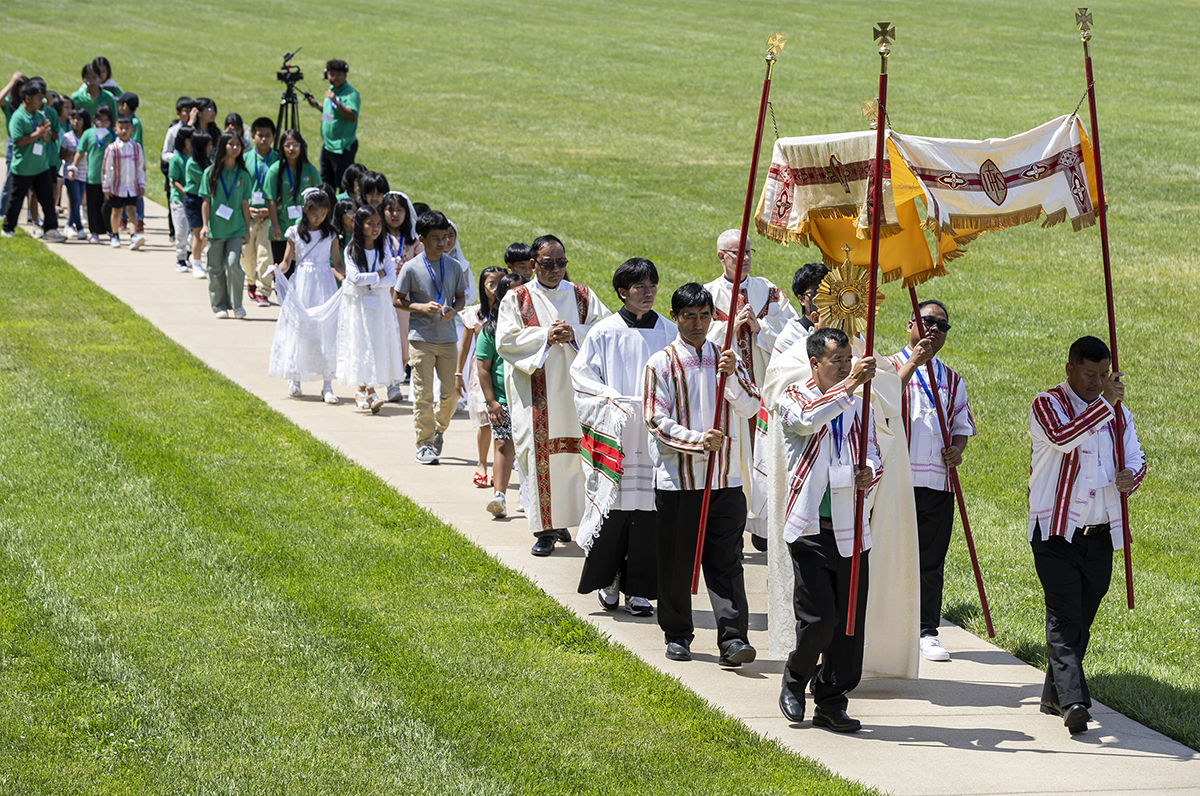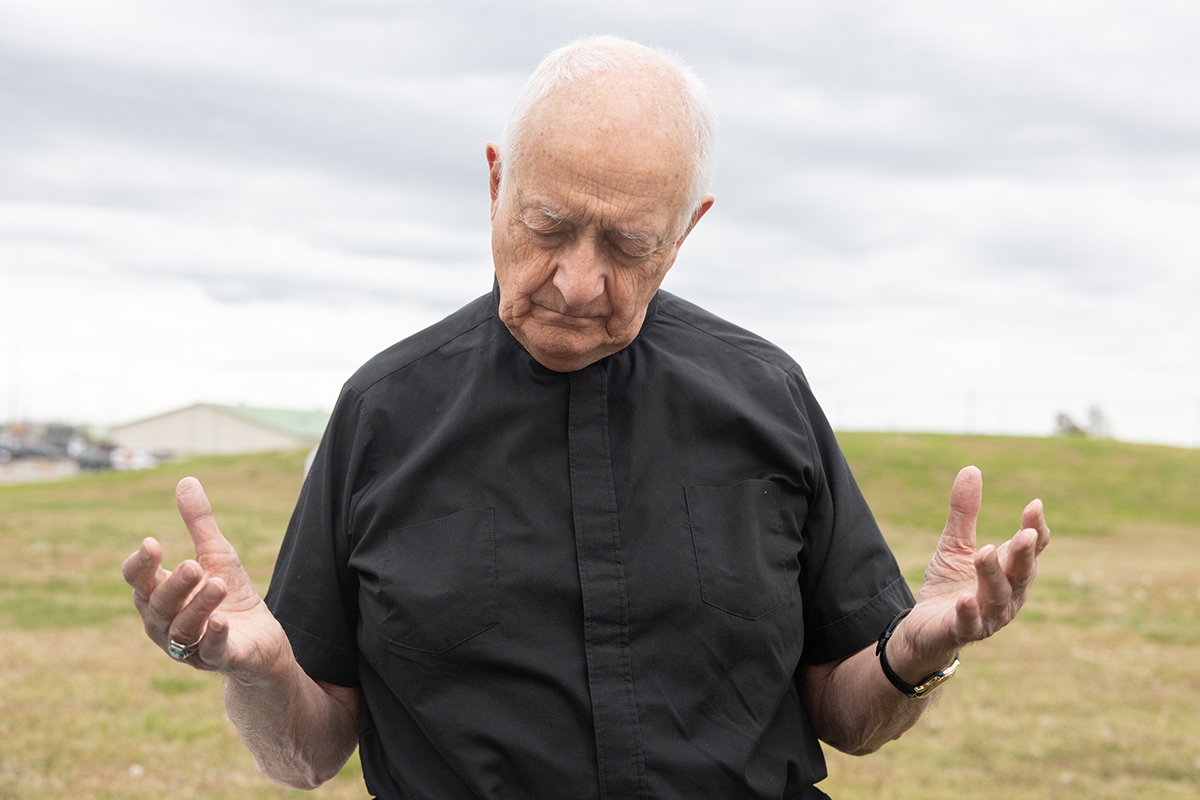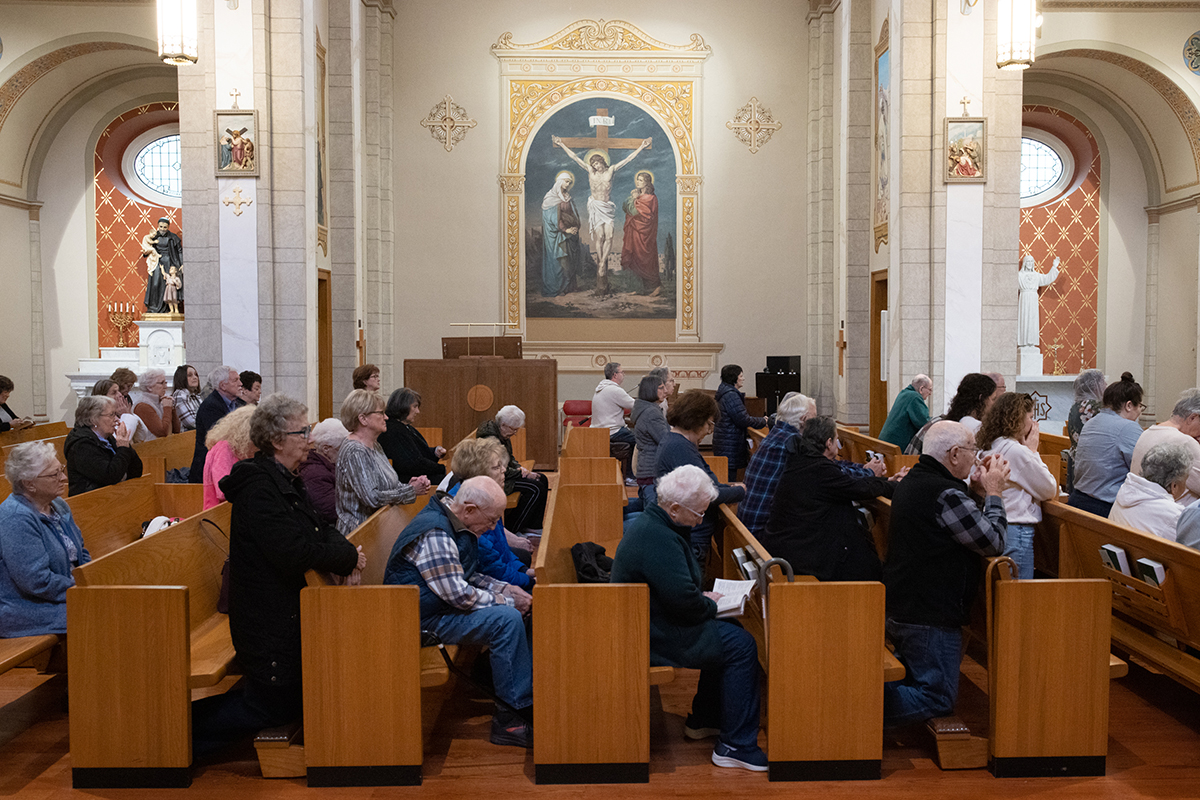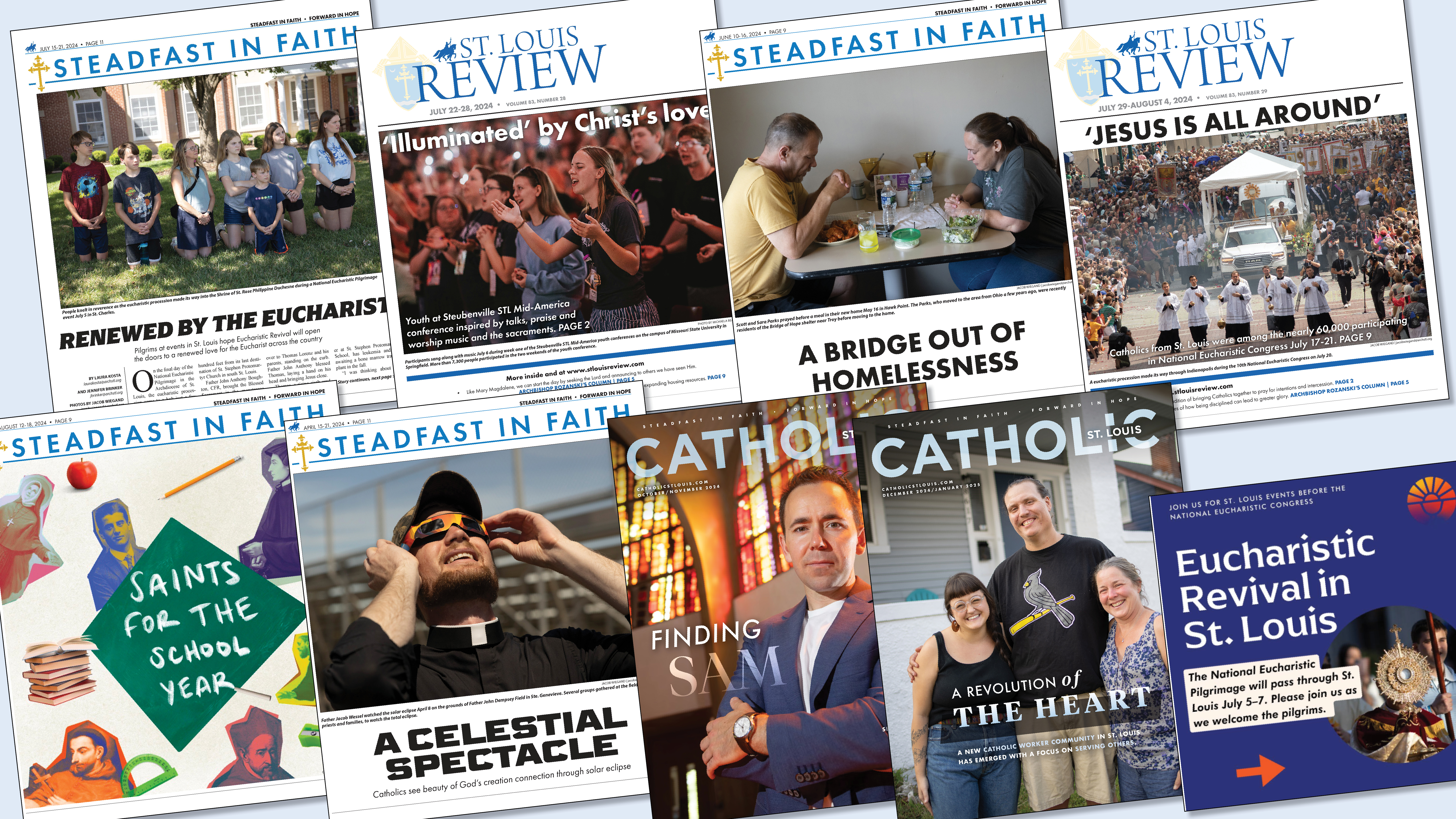Archdiocesan Review Board reaches out to victims
From March 2007:
An archdiocesan board of laypeople and specialists is at the forefront of the often difficult and emotionally draining task of analyzing reports of clergy sexual abuse and reaching out to victims.
Susan Harvath, a longtime member of the Archdiocesan Review Board, noted that “we, the Church, are on the same side as the victims. We believe, as they do, that no one should ever harm a child.”
The review board ensures that those who have been harmed are given the care they need and that those who have done harm are not allowed to do so again, said Harvath, a psychologist who is professor of pastoral counseling at Kenrick-Glennon Seminary in Shrewsbury.
It is rewarding to be able to help people who have been victims, said Tom Malecek, a board member who is director of security for Brown Shoe Co. in Clayton. He also is a retired St. Louis police officer who was commander of the juvenile division.
Many times, he said, the victims had left the Church but came back after they were helped by the board.
Harvath said board members appreciate the courage and sacrifices of victims who come forward. “They want the Church to be a healthier place. They don’t want the Church to be a place where this kind of thing happens.”
The board, which advises the archbishop, dates from the late 1980s. It was formerly named the Gennesaret Committee. Originally its task was to review allegations of sexual abuse of minors by clergy, but now that extends to reports of abuse by nonclergy employees of the archdiocese.
Deacon Phil Hengen of the archdiocesan Office for Child and Youth Protection and a member of the board said its task is to receive complaints, listen to the victims, gather information and move forward on complaints that appear credible. The person who is accused is asked to respond.
“We’re not on a witch hunt, but we’re also not circling the wagons to protect clergy,” he said. “We try to seek the truth.”
He noted that the vast majority of those who bring forth a complaint are citing allegations that happened many years ago. Many times the board must sift through conflicting testimony, he noted.
The vast majority of cases are found to be credible, though the possibility of false accusations always is a consideration.
Harvath said that it is hard for a person to bring forth the allegation, and the board tries to help the person feel comfortable in retelling the event.
They “come in with apprehension but the majority leave with a sense of relief that they’ve been heard; someone in the Church said ‘I’m sorry,’ and it’s very profound,”
Deacon Hengen said.
Dr. Joseph Callahan, a psychiatrist who is a member of the board, cited the need to help those who have been harmed and to avert further incidents.
Harvath noted that the board includes clergy and laymen and women from various backgrounds, including law enforcement, medical fields and education. Some are parents and grandparents.
“These are people who are very concerned about the welfare of minors,” she said.
The board includes a majority of laypeople; a majority of its members do not work for the archdiocese.
The role is a tough one, seeing the pain of the victims and the losses of the accused, Harvath said.
“It’s a trust that we take seriously,” Callahan said. “Individually and collectively we have an increasing awareness that we’re operating through God’s grace.”
Members of the board “experience the effects of the trauma,” Harvath added. “It pales in comparison with what the victims have experienced, but it’s very difficult, very trying.”
Callahan noted that many times the victims want confidentiality. That results in observers getting misunderstandings of complex situations, he noted. “A lot of times the full story may not be known” to others.
The reverberations of the abuse extend to a wide reach, Deacon Hengen added.
Repeated reports in the media in March of 2002 cited sexual abuse of children and teens by priests dating back decades. One outcome was the spotlighting of the “unbelievable numbers of children sexually exploited and an awareness of where that occurs,” Harvath said.
Strangers account for about 10 percent, relatives in the home for about 30 percent and 60 percent among other people known to a child, including teachers, coaches, neighbors, clergy and youth leaders. “It generated awareness and education and an opportunity to protect a lot more children,” Harvath noted.
It “cuts across all groups of people,” Callahan said.
In 2003 the archdiocese issued its revised “Pastoral Policy Regarding Alleged Cases of Sexual Abuse of Minors by Clergy or Other Church Personnel of the Archdiocese.” Among other things, it stated that no person with a substantiated allegation of sexual abuse of a minor will serve as a member of the clergy in active ministry or hold a position working in proximity to children.
The board’s task is difficult as members try to be as pastoral and understanding as possible, according to Msgr. Richard Stika, chairman of the archdiocese’s Child Safety Committee.
“They’re looking for the truth. In doing so, sometimes they have to pose questions that are difficult to ask of a person bringing forward an allegation and someone who may have done wrong,” Msgr. Stika said.
The board finds a proper balance, he said. “They don’t come into it with their mind set on what the results will be but with a sense of justice.”
Many of the situations involve allegations that are decades old, he said.
The media reports of sexual abuse of minors by clergy “surfaced an area of the Church where sin occurred where you’d least expect it,” Msgr. Stika said. “It also opened eyes to the amount of abuse that does occur in our society.”
The archdiocese’s programs that have been put in place are proactive, forward-thinking responses, he noted. “Out of something very horrible that occurred, an awareness and purpose surfaced to protect God’s children.”

